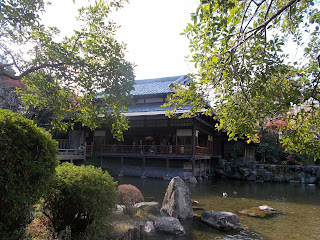I want to write about the recent trends on international airlines at FUK (=a three digit code for Fukuoka Airport).
The biggest trending topics of 2019 is the withdrawal of Delta Airlines from Fukuoka and the return of Hawaiian Airlines flight. Delta Airlines began operating a scheduled service between Fukuoka and Honolulu in December 2011. However, the company was withdrawn from service on May 8. Hawaiian Airlines, on the other hand, resume flight to Fukuoka four times a week on November 27.
But there is a good news. Air Asia X, Malaysia's low-cost carrier, launched a new service from Kuala Lumpur on March 1. They also began flying from Don Muang Airport in Bangkok on July 5. In addition, Thai Lion Air, the Thai-Indonesian joint venture company, began operating a scheduled service between Fukuoka and Bangkok in February. Recently there is a strong demand for inbound tourism from South East Asia to Japan, which was followed by a series of new flights.


















































